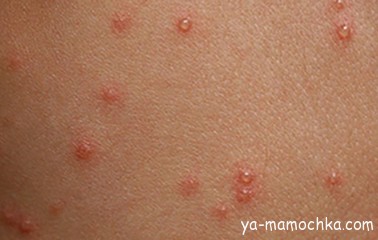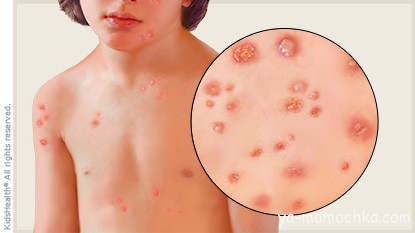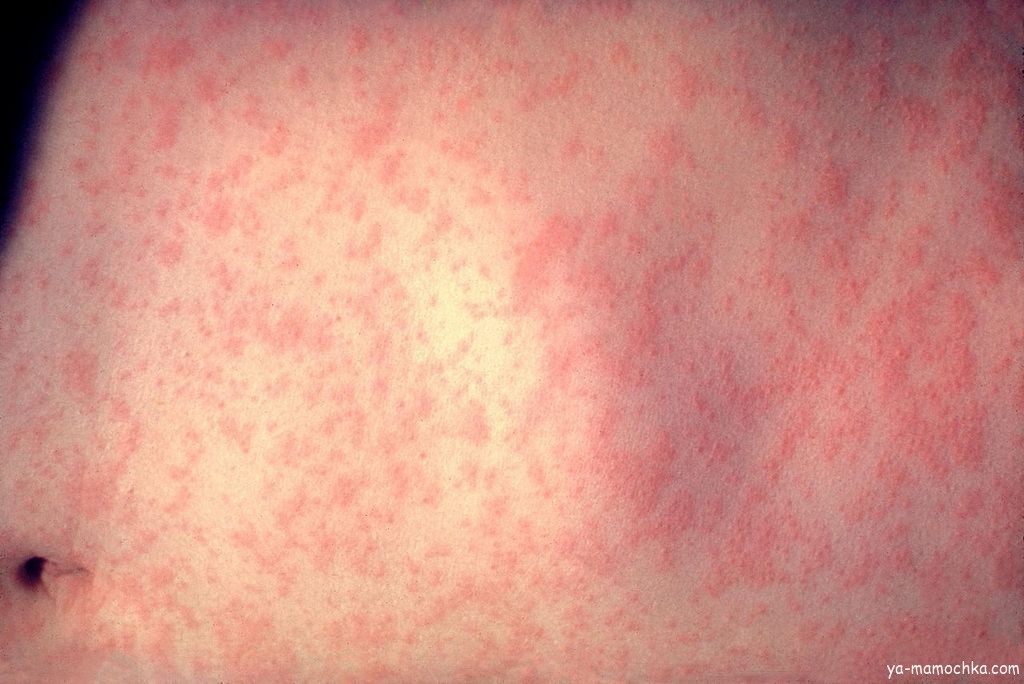– differences in children
When a small child appears, parents at a certain moment may be faced with a rather difficult task - to understand what kind of infectious disease, accompanied by rashes, he fell ill with. Most common in childhood are measles, rubella and chickenpox, the differences of which I want to talk about below.
The fundamental point is that vaccination against measles and rubella is carried out to almost everyone, unlike. Consequently, the occurrence is greater. The second point is that the course is statistically easier compared to chickenpox. Measles, on the contrary, is the most dangerous childhood infection. A frequently asked question is whether measles and chickenpox are the same disease. I’ll say right away - no, these are different infectious diseases, with different pathogens and course. Now let's move on to the symptoms.
Onset of the disease
A common feature of almost any infectious disease is the prodromal period. At this time, the baby’s mood and appetite deteriorate, activity and body levels decrease. With rubella and measles, conjunctivitis also occurs, the duration of which is from two to five days. The flu-like condition during measles has a particularly severe course. Rubella during this period is characterized by an increase in the neck and back of the head. It is not easy to understand at this stage what kind of disease will develop further; one can only begin to guess, remembering possible contacts with sick people.
Period of rash
The nature of the rash provides reliable information about the nature of the infection, which is why it is so important to know how they differ.
Color
Pale pink for rubella, pink for chickenpox, and pink or brown for measles.
Spreading
It is important on which part of the body the rash first appeared. For rubella and measles, spread begins in the head and neck; chickenpox primarily affects the torso. The difference between measles and rubella is that the onset occurs gradually over 4 days. Rubella exanthema spreads quickly - within one day. The difference between chickenpox and measles and rubella is the wave-like rash accompanied by fever, which lasts 3-4 days.
Nature of the rash
The chickenpox rash is a blister with a clear liquid inside, which opens and dries out a few hours after its formation. Measles and rubella are characterized by the appearance of flat spots with a diameter of several mm, and if with measles the spots tend to merge, then with rubella this does not happen.

Chickenpox - blisters with clear liquid



Discomfort
Only blisters with chickenpox cause discomfort in the form of itching.
Oral cavity
The rubella virus can affect the mucous membranes of the mouth in the form of small pink spots. Chickenpox leaves blisters in the mouth that quickly turn into painful sores. Particular rashes in the mouth during measles are the so-called Filatov-Belsky spots, which are small, millet-sized, white rashes surrounded by a red rim. You can find such rashes on the inner surface of the cheeks.
Outcome of rashes
With proper care, chickenpox blisters turn into crusts, fall off and leave no trace. Rubella spots immediately disappear without a trace, but measles rashes first go through the stage of peeling and pigmentation.
Almost always, based on the existing rashes, you can understand what kind of infection has struck the baby. But there are cases of non-standard course of diseases, so even with absolute confidence in the diagnosis, parents should show the child to specialists.
Or maybe not an infection...
More often than any infectious diseases, children experience an allergic reaction in the form of skin rashes. Firstly, you should remember what new things the child has been in contact with over the past 24 hours - food, plants, animals, new toys, someone else’s apartment, etc. Secondly, the frequency of symptoms, as with infections, cannot be determined. Rashes can be of various shapes - from spots to nodules, appear almost immediately and are located on certain parts of the body: neck, buttocks and arms, for example.
Allergic dermatitis can also be accompanied by a runny nose and conjunctivitis, and the rash itself may be itchy. Taking antiallergic drugs will cause regression of symptoms the very next day. However, in any situation, the pediatrician must manage the treatment process.


